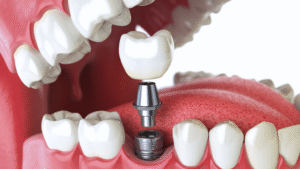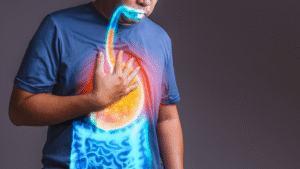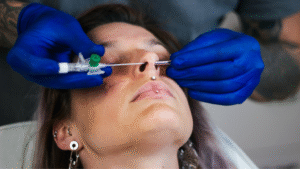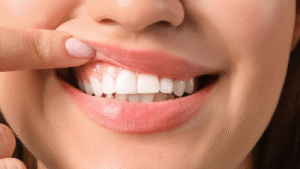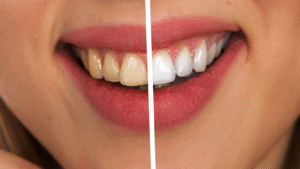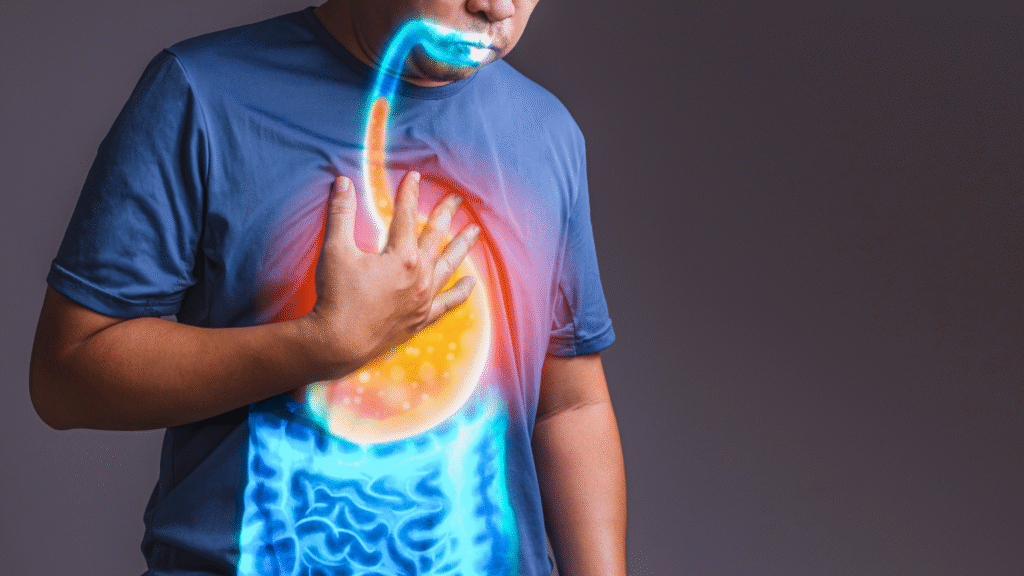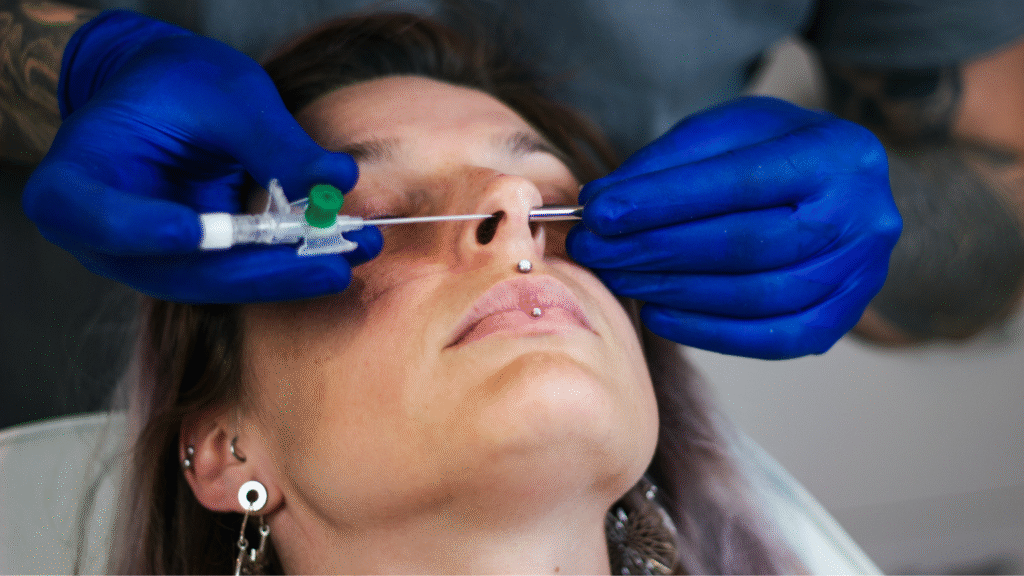En Odontología profesional en UtahSabemos que un dentista juega un papel crucial en la detección y el tratamiento de esta afección. Aquí le explicaremos qué es la apnea del sueño y cómo podemos ayudarle. Para programar una evaluación, llámenos al (801) 785-8000.
¿Qué es la apnea obstructiva del sueño (AOS)?
OSA Se produce cuando los músculos de la garganta se relajan durante el sueño, lo que provoca que las vías respiratorias se estrechen o cierren. Esto provoca pausas respiratorias que duran diez segundos o más. El cerebro detecta la falta de oxígeno y nos despierta brevemente para reabrir las vías respiratorias, a menudo con un fuerte resoplido, una exhalación o un sonido de ahogo. Estos despertares son tan breves que quizás no los recordemos, pero pueden ocurrir cientos de veces cada noche, fragmentando el sueño y dejándonos fatigados.

Síntomas, riesgos y complicaciones
Aunque a menudo pasa desapercibida, la AOS puede presentarse con varios signos:
- Ronquidos fuertes e irregulares.
- Pausas respiratorias observadas por un compañero de cama.
- Somnolencia diurna excesiva o fatiga.
- Despertarse con la boca seca o dolor de cabeza por la mañana.
- Irritabilidad o dificultad para concentrarse.
Además de afectar la calidad de vida, la AOS no tratada se ha relacionado con complicaciones de salud graves, como hipertensión, enfermedad cardiovascular y diabetes tipo 2. diabetes, y un mayor riesgo de accidentes automovilísticos debido a la somnolencia diurna.tarifa y té, y tabaco Uso. Si bien no es un signo directo de daño, afecta la apariencia estética de su sonrisa.
El papel crucial del dentista en la apnea del sueño
Puede parecer sorprendente, pero su dentista desempeña un papel crucial en la lucha contra la apnea del sueño. Quizás se pregunte: "¿Qué tiene que ver mi dentista con esto?". ¡La respuesta es que mucho! Los dentistas están en una posición privilegiada para ser los primeros profesionales de la salud en identificar los factores de riesgo y signos comunes de la AOS. Esto se debe a que un examen dental completo va más allá de simplemente detectar caries; es una revisión completa de la anatomía de la boca, la mandíbula y la garganta.
Durante una visita de rutina, su dentista está capacitado para detectar varios indicadores clave de que usted podría estar en riesgo de sufrir apnea del sueño:
Signos orales de estrés: Rechinar los dientes, conocido como bruxismo, es una señal común del estrés al que está sometido el cuerpo cuando tiene dificultades constantes para respirar por la noche. Su dentista puede detectar las superficies desgastadas de los dientes, lo cual puede ser un fuerte indicador de un trastorno respiratorio del sueño.
Anatomía oral y mandibular: Un dentista examinará sus estructuras orales y craneofaciales. Podrá identificar fácilmente las características anatómicas que pueden contribuir a la obstrucción de las vías respiratorias, como una lengua grande, amígdalas agrandadas, un paladar alto o estrecho, o una mandíbula pequeña y retraída (retrognatia). Estas características físicas pueden reducir el espacio para el flujo de aire, aumentando la probabilidad de un colapso de las vías respiratorias durante el sueño.
Si detectamos estos u otros signos durante su revisión, no le diagnosticaremos de inmediato. En cambio, nuestra función es ser un enlace crucial en su equipo de atención médica. Lo derivaremos a un médico especialista en sueño para obtener un diagnóstico formal mediante un estudio del sueño. Una vez confirmado el diagnóstico, podemos colaborar con su médico para brindarle un tratamiento eficaz y no invasivo.
Tratamiento dental para la apnea del sueño
Para casos leves a moderados de AOS, o para pacientes que no pueden tolerar una máquina CPAP, una opción de tratamiento es terapia con aparatos bucalesEstos dispositivos hechos a medida se usan durante la noche para reposicionar la mandíbula o la lengua, manteniendo las vías respiratorias abiertas para que pueda respirar sin interrupciones.
En Odontología profesionalPodemos fabricar y adaptar estos dispositivos para garantizar que sean cómodos y efectivos, ayudándole a mejorar la calidad de su sueño y su salud general. Si usted o su pareja roncan, o si se sienten cansados sin importar cuánto duerman, podría ser un signo de apnea del sueño. Llámenos hoy al (801) 785-8000 Para una consulta. Tu salud y tu sueño son nuestra prioridad.






